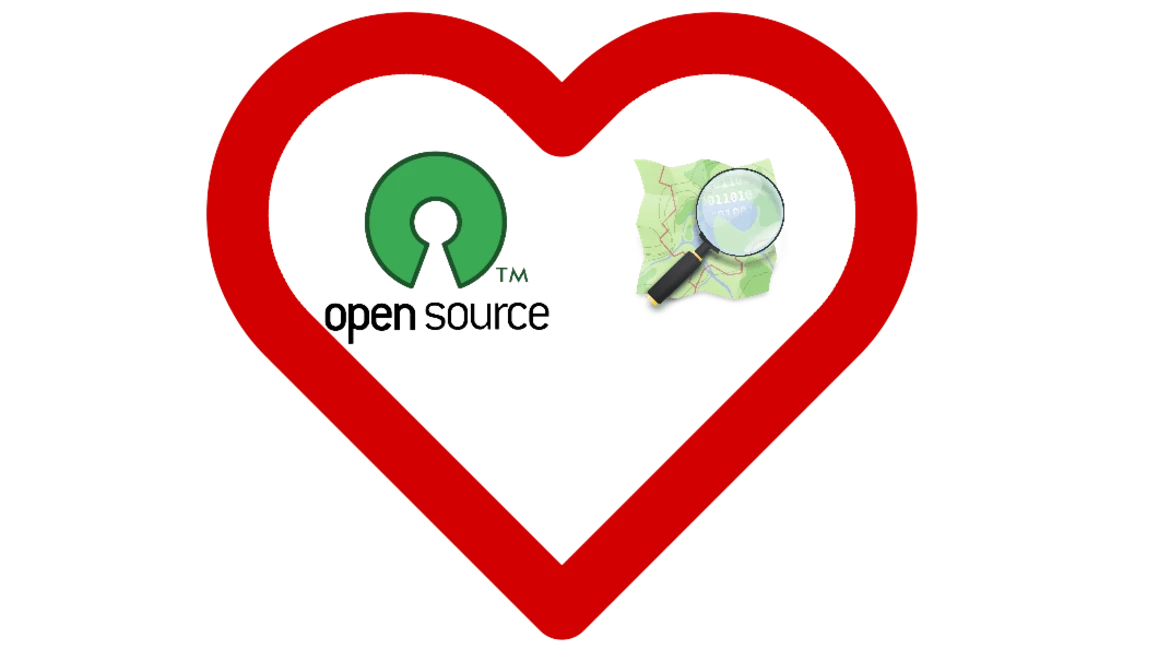Main characteristics
GOAT…
…is an interactive, flexible and useful accessibility instrument.
…focuses on active mobility (e.g. walking and cycling).
…allows you to model scenarios.
…can be set up anywhere in the world.
…is open source and built completely with open source software.
…is highly customizable and extendable.
Why GOAT?
It is evident that active mobility plays a very important role in urban mobility. GOAT as an accessibility instrument aims to aid in raising awareness to properly plan for pedestrians and cyclists during urban infrastructural developments. GOAT comes with numerous desirable features that make it ideal for accessibility planning.
Modelling active mobility (walking & cycling) in transport models is challenging and does not normally deliver expected results. Urban planners and decision makers need elaborate support to properly plan and improve active mobility. This gap can be conveniently filled by accessibility models.
Various accessibility tools exist already, however, there are is still a lot of potential for improvements. Especially in the urban planning fields, it is perceived that common accessibility tools lacks several functionalities including:
- Few of them consider active mobility.
- They often allow no scenario building.
- Few of them are open source.
- Transferring the tool to another study area can be cost- and time-consuming.
- Accessibility tools can be black boxes.
With the development of GOAT, we aim for closing these gaps.
Planning Questions
Although GOAT is at an early stage of development, it can be used to answer different planning questions. Some examples are:
- How good is the walking accessibility to kindergartens in different parts of the city?
- How good is the cycling accessibility to schools?
- How many residents are served by certain public transport stops? Where can the perfect location for a new public transport be in order to serve as many residents as possible?
- What is the effect of a new pedestrian or bicycle bridge on the accessibility of a neighborhood?
- How does the accessibility of a place change if there is temporary closure of a walkway?
- How many people can reach a certain destination within 10 minutes walking distance? How does this change if only barrier-free paths can be used? Where are barriers in the network and how could they be removed?
Philosophy
GOAT’s architecture is completely built with open source software, in addition, it is open source itself (Licence GPL-3.0). This means that GOAT can be modified and used by anyone (free of charge). Anyone can also contribute towards improving the functionality and operation of GOAT.

GOAT is equipped with OpenStreetMap (OSM), as well as a variety of other data (both open and proprietary). OSM is seen as an extremely valuable resource, but it is worth emphasizing that the aim is not only to consume the data, but also to be an active part of the OSM community. This decision is seen as essential for sustaining this and other projects.
In addition, further individual data sources can be conveniently added. Due to its modular character, GOAT enables easy expansion and scalability. Innovative approaches are used here.
Everybody is welcome to use and contribute to GOAT. If you are interested in contributing just visit our GitHub.
